The respected Japan Research Institute, which provides economic analysis, published an influential report underscoring the increasing value of anime to the country’s financial health.
With the weight of this prominent think tank behind it, the report commanded attention to the pressing difficulties faced by the anime industry.
Titled “The Animation Industry’s Present State and Challenges,” the report pressed Japanese authorities to step in to address the severe wage crisis for animators.
The issues highlighted echo longstanding complaints by industry veterans regarding unsustainably low pay in the face of intense workload demands.

The report thus lent credence to animators’ accounts of financial struggle. Its call for government intervention further signaled the prominence of anime as both a cultural and economic force in Japan – one whose viability matters greatly to the nation.
Though the themes of low pay and overwork are sadly familiar, coming from such an esteemed research body, the report represented an urgent appeal for change from the powers that be.
Japan’s Anime Industry Poised for Dramatic Revenue Growth Through Foreign Distribution
The Japan Research Institute report opened by underscoring the monumental opportunity for Japanese anime companies to dramatically increase revenue through foreign distribution.

It cited statistics showing explosive growth internationally contrasted with more modest domestic gains over the past decade.
Specifically, the worldwide anime market ballooned nearly six times over, rocketing from 0.2 trillion yen to 1.5 trillion yen in just 10 years.
Meanwhile, the home market in Japan grew only about 1.3-fold in the same time span.

These figures highlighted the vast, untapped demand for Japanese anime content overseas. They signaled that focusing efforts abroad could multiply earnings for the industry overall.
Yet the report implied that companies have not fully capitalized on export potential so far, despite foreign appetite.
In highlighting this mismatch, JRI argued anime has room to expand its economic impact for Japan – if it can spread more content globally.
Overcoming Human Resource Bottlenecks for Industry Expansion
Experts cited in the report noted the overseas market potential could swell even further, with a possibility of foreign anime sales exceeding 5 trillion yen.
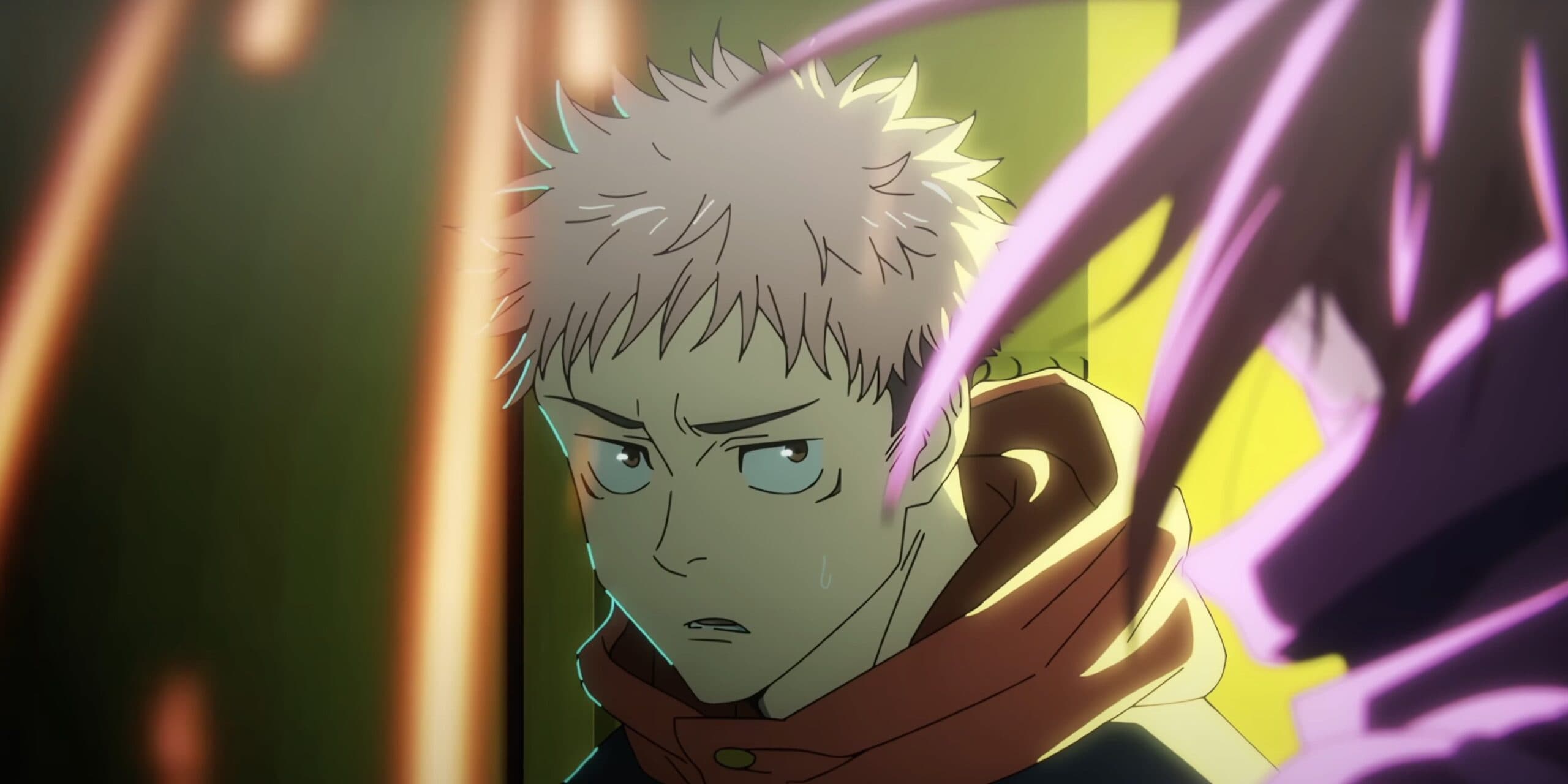
With such projections in mind, JRI urged efforts to nurture the anime industry’s capacity to meet this ballooning global demand.
Yet the report acknowledged a supply bottleneck currently limiting production.
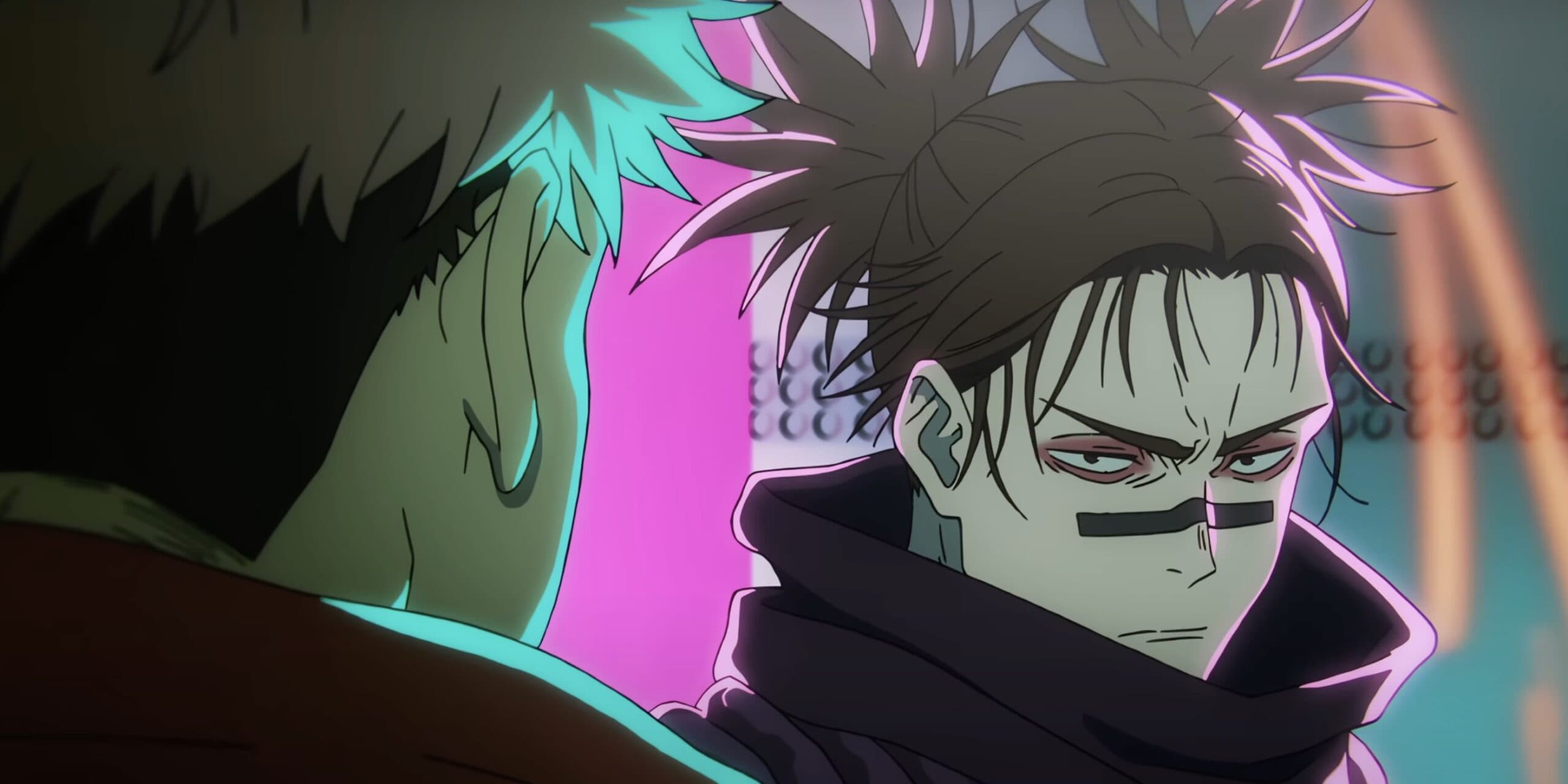
To satisfy rising international appetites, Japan would need to increase its anime output volumes. Easier said than done, as JRI connected anime’s appeal directly to animation quality.
Thus, increasing production essentially relied on expanding the talent pool of skilled animators in the industry.
This brought the conversation squarely back to the pressing human resource issues flagged as in crisis.
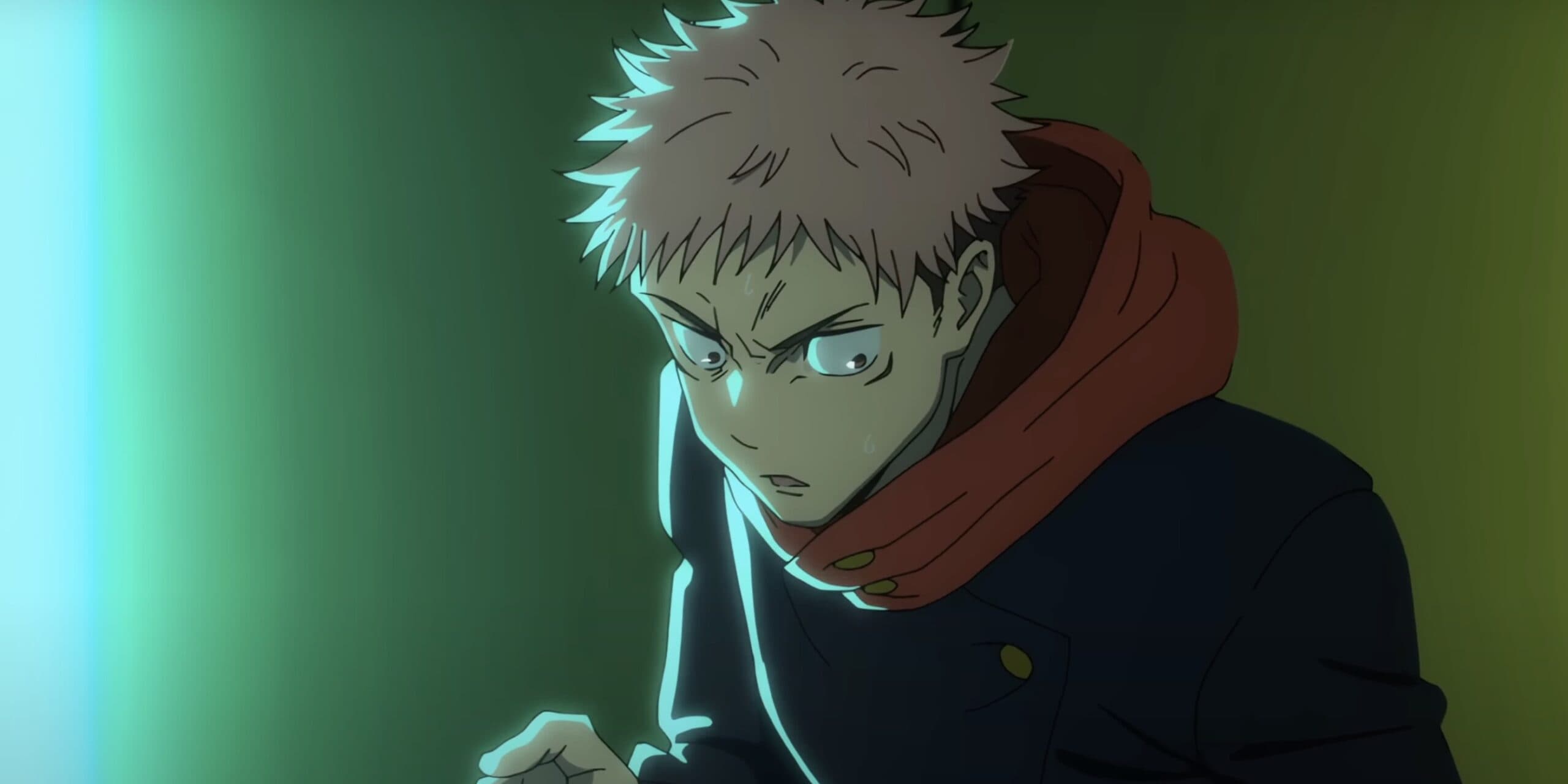
The overseas market signals astronomical financial opportunities for Japanese anime. However, the report tied the ability to capitalize on global demand to first resolving domestic shortages of animators.
Without growing the quantity and quality of human talent, anime cannot scale up its output while preserving the creativity and artistry central to its international popularity.
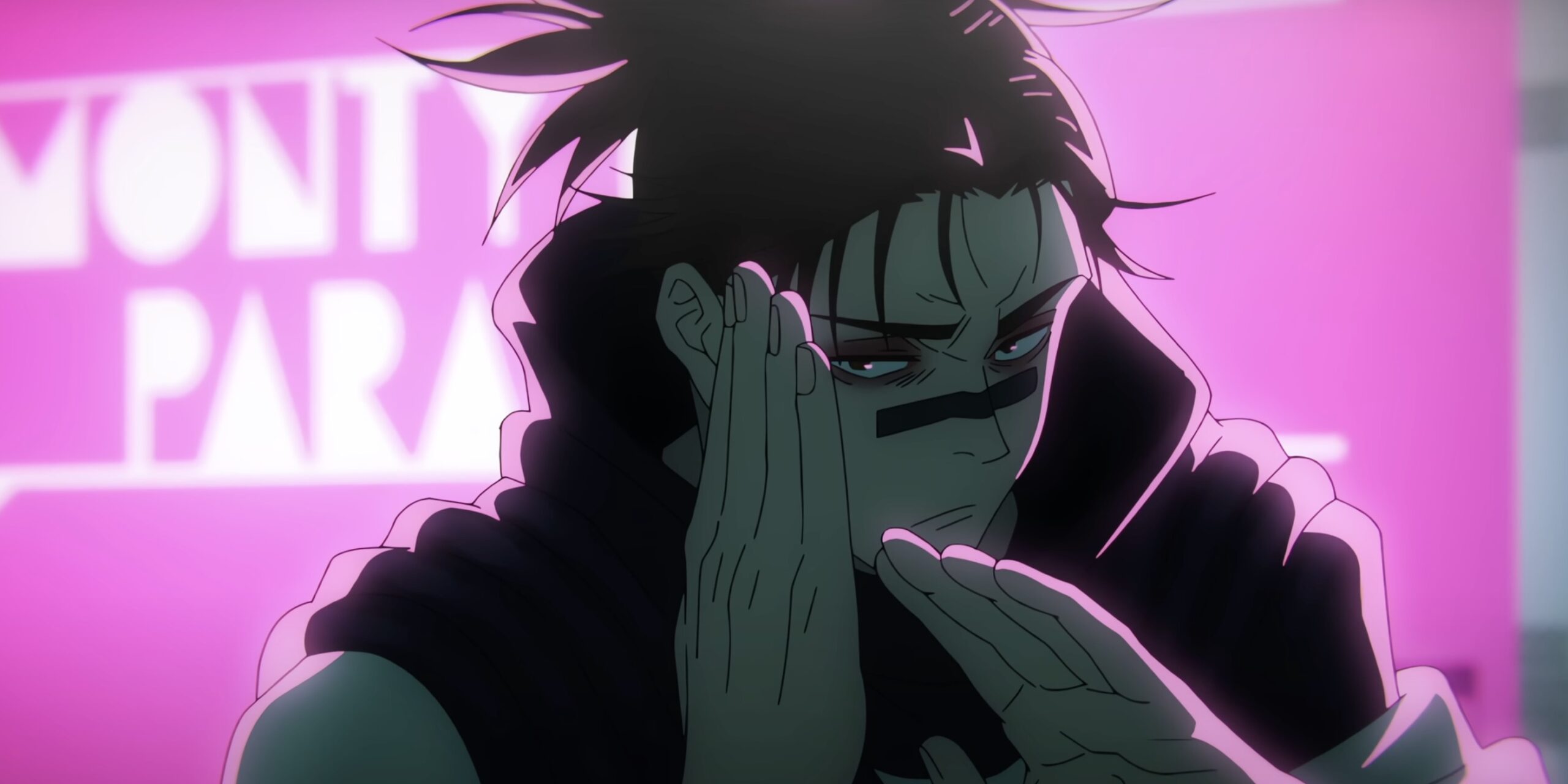
The industry’s economic potential, therefore, hinges on addressing the strained human resources undersupplying its creative engine.
Confronting Turnover Crisis for Sustainable Growth
The report spotlighted extreme turnover among new animators as a glaring human resources problem. It cited statistics showing 25% leave within 4 years, while a shocking 68% exit the industry in just 8 years.
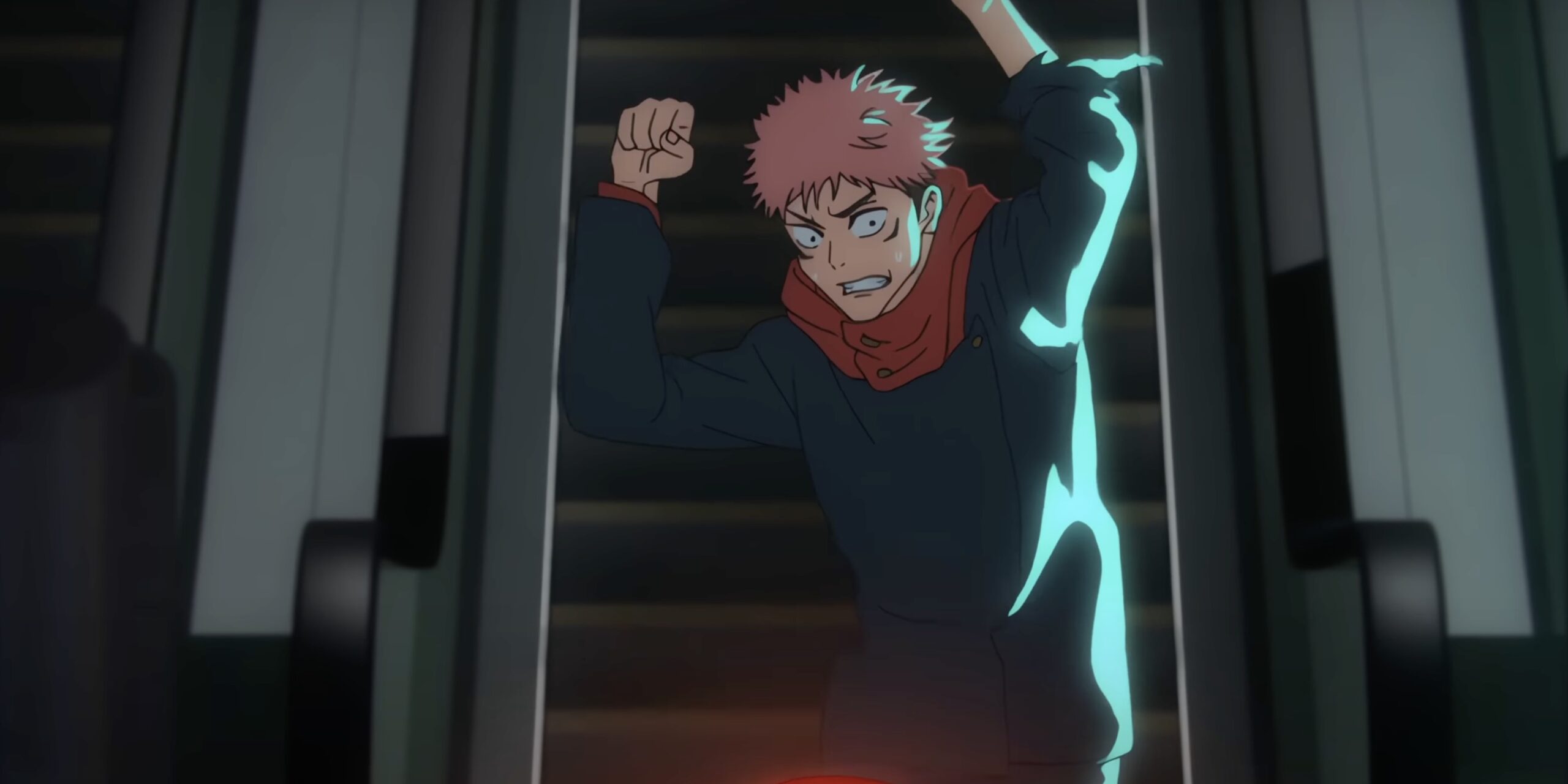
A key driver identified was financial unsustainability – young talents’ inability to support themselves on meager anime wages.
This lined up with long-standing grievances about low pay failing to match animators’ skill levels and workload.
To retain promising young animators, the report focused on improving three interconnected issues: excessive working hours, paltry compensation, and gaps in technical abilities.
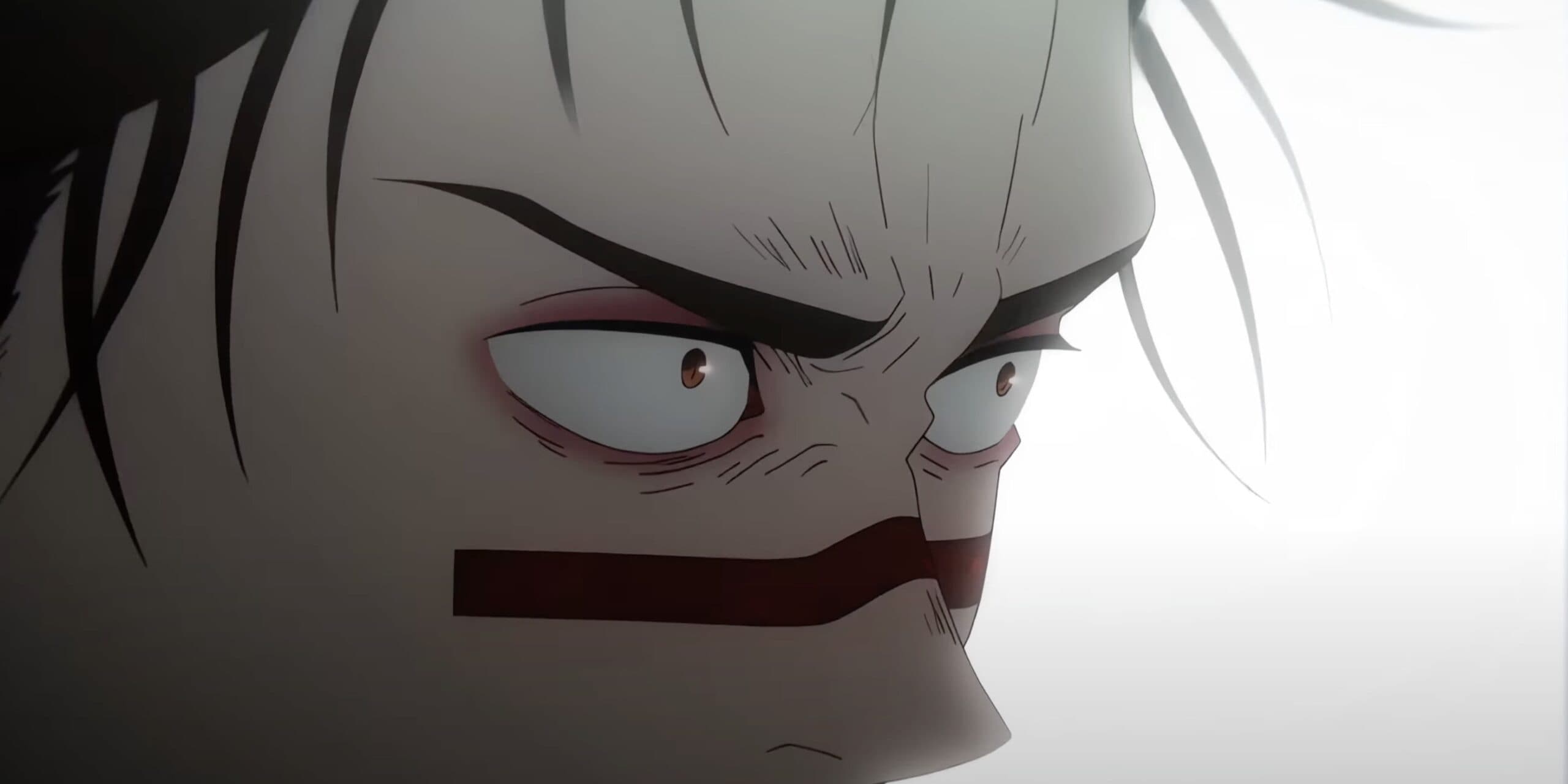
By calling out specific percentages, the report put hard numbers to retention challenges facing anime.
The stark data revealed how deeply the industry’s financial and labor practices undermine its abilities to nurture and hold onto fresh talents.
In the face of expanding overseas demand, these human realities represent severe bottlenecks limiting anime’s production capacity.
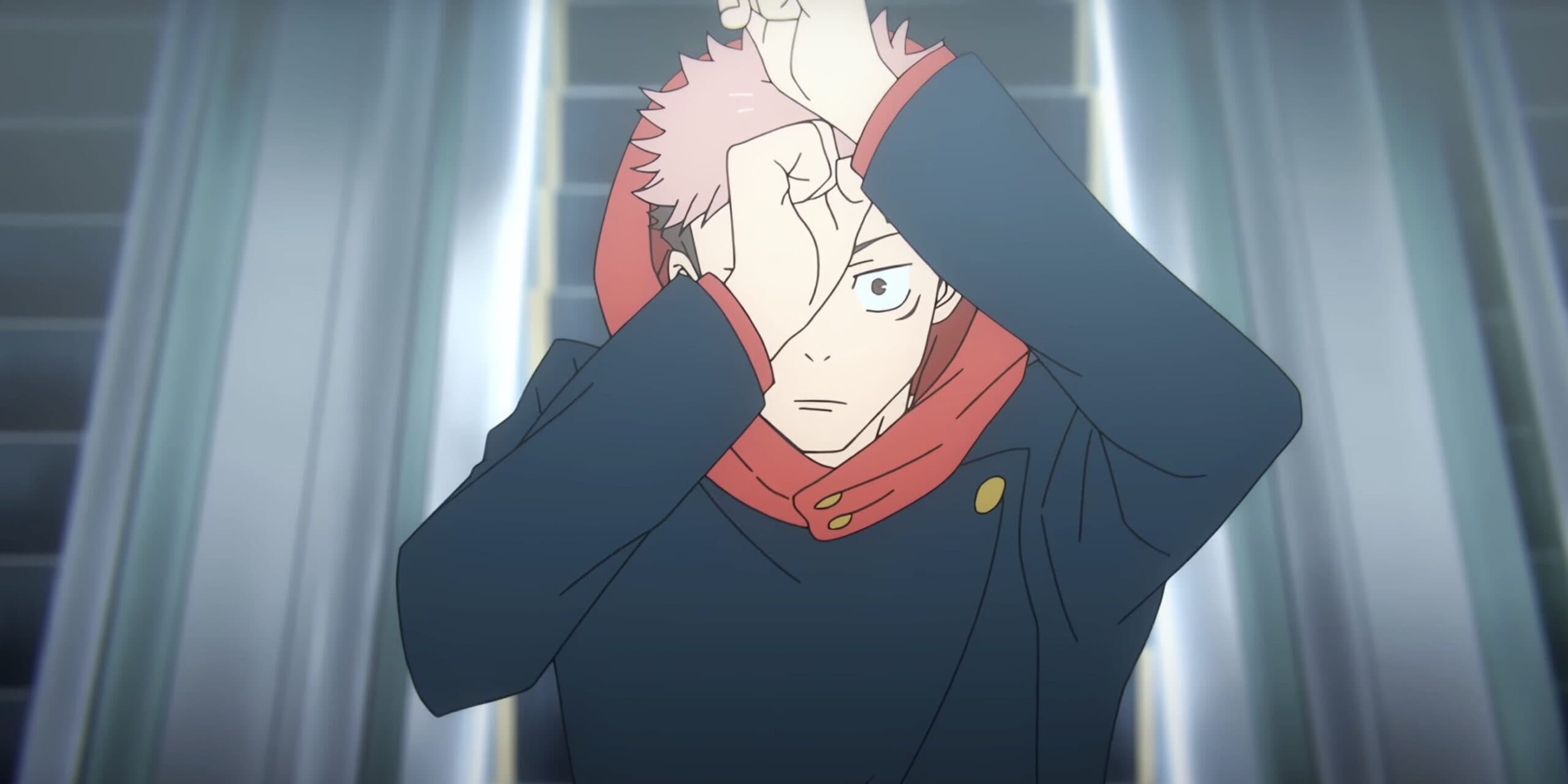
The report exposed the pressing need to value animators enough to sustain careers, not just burn through young talents. Retention is key to unlocking economic potential.
Unveiling the Financial Struggles of Young Talent in the Industry
The report especially spotlighted how low wages disproportionately impacted young talent trying to gain a foothold in anime. Compared to other industries, animators under 30 earn drastically less on average per year.

The income gap was stunning, even for entry-level roles. Animators aged 20-24 made approximately 1.23 million yen (or $9,300 USD) less across the board than peers in other fields.
Those 25-29 still missed out on an average of 1.04 million yen (or $7,800 USD) in salary compared to non-anime jobs demanding similar skills.
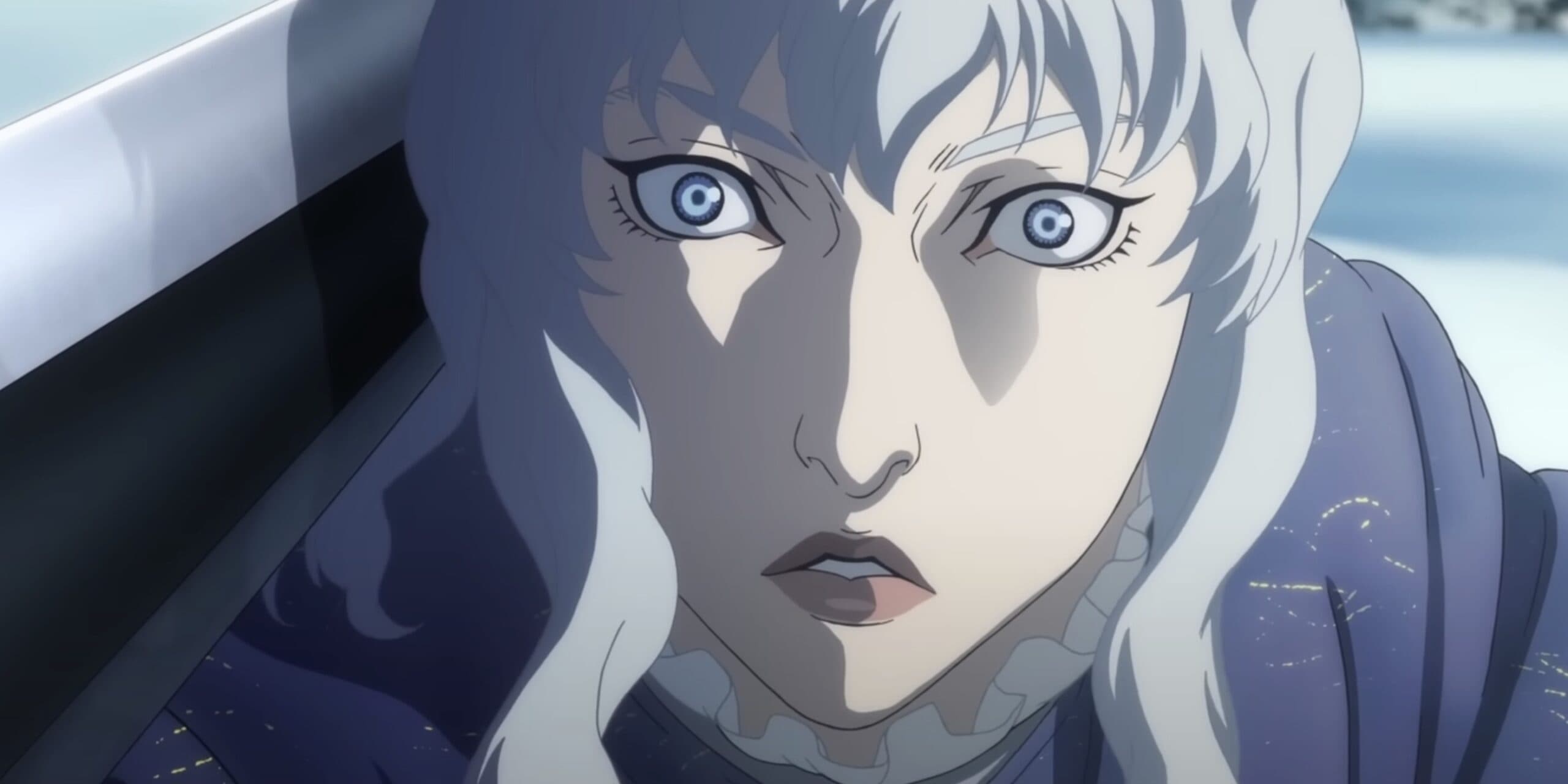
Such deficits so early in animators’ careers underline the financial adversity they face.
The report also noted most animators work as freelancers or independents – a precarious arrangement putting them at higher risk of poverty if any health or other issues arise.

By quantifying exactly how much young anime artists lose out on wages annually, the report laid bare the injustice of the pay crisis.
It made an ethical appeal for better compensation to retain talents and prevent financial hardship for those fueling a booming global export.
JRI Report Calls for Higher Pay, Unionization, and Improved Training
In response to these glaring wage and job quality issues, the report strongly advocated concrete actions, including raising baseline animator pay.
It also called for establishing animation-specific labor unions, citing similar models in the US that negotiate minimums for compensation, hours, leave, health coverage, and more.

Additionally, the report urged production companies to invest in improved on-the-job training programs for new animators at reasonable costs.
Industry veterans like Nishii Terumi and Masao Maruyama have long criticized the lack of incentives for studios to develop training facilities and nurture talent in-house.
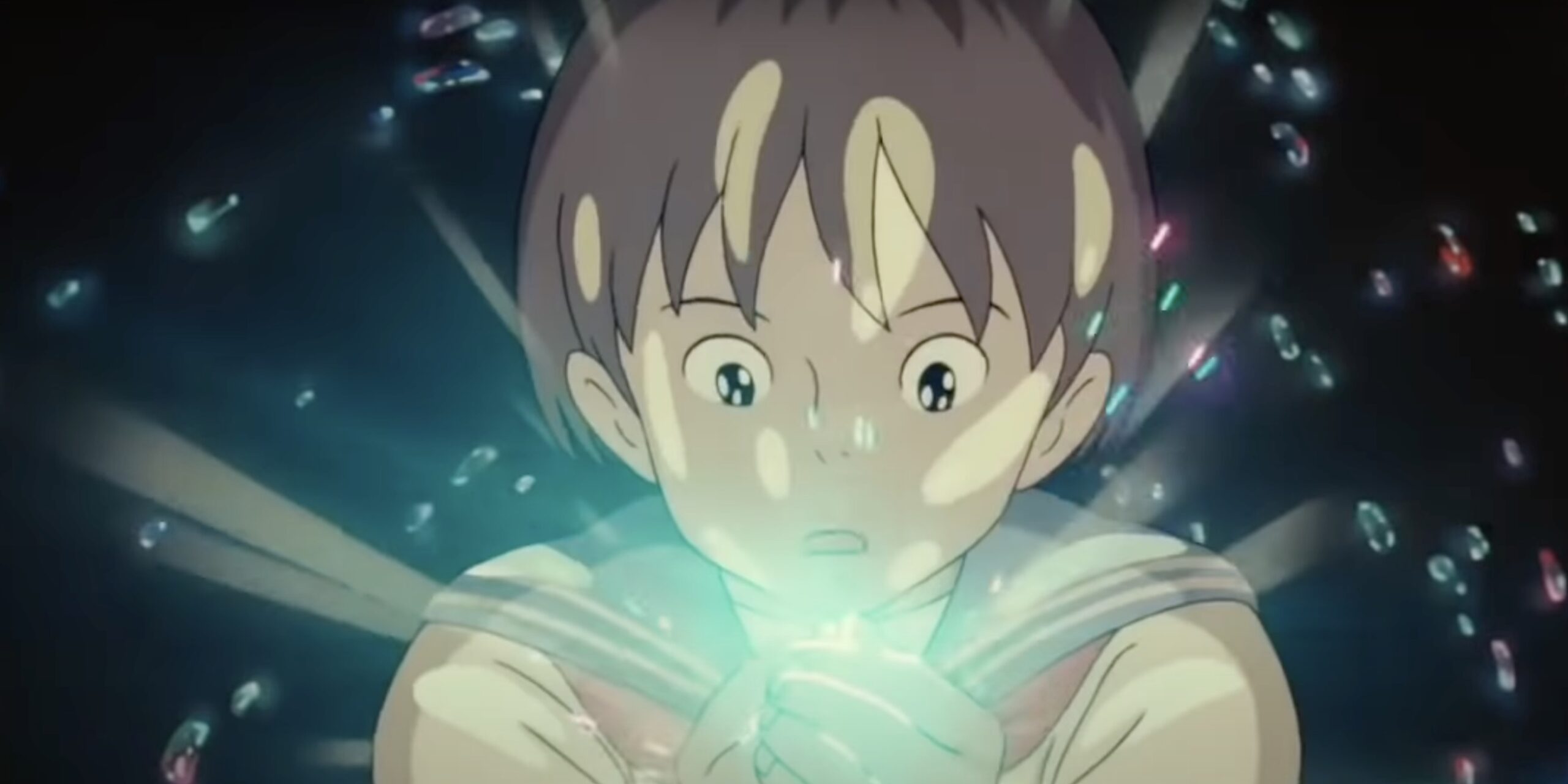
By underscoring veteran concerns, the report lent them mainstream credibility.
And by spotlighting American unions as an example, it highlighted achievable standards for Japanese working conditions.
No longer could studios plead ignorance or powerlessness regarding building ethical training programs, securing basic worker protections, and properly valuing skilled animation work.
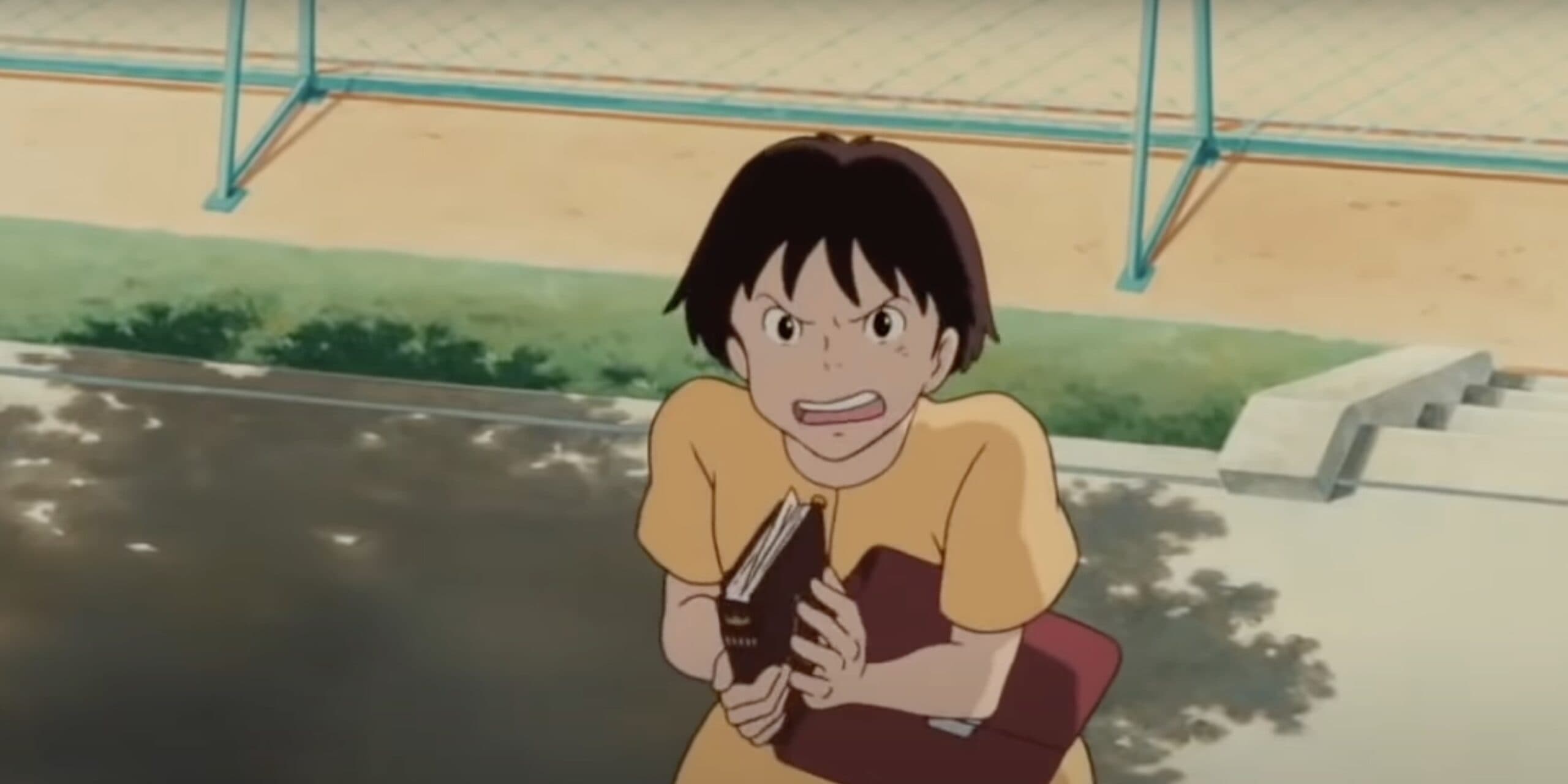
With the weight of JRI research behind it, the report transformed these aspirations into reasonable industry expectations with proven frameworks in place elsewhere.
Anime’s Ongoing Struggle with Overtime
Beyond wages, the report’s second focal area was extreme overtime in the anime industry. While acknowledging recent improvements, the chronic issue of excessive working hours still poses barriers to retention and well-being.
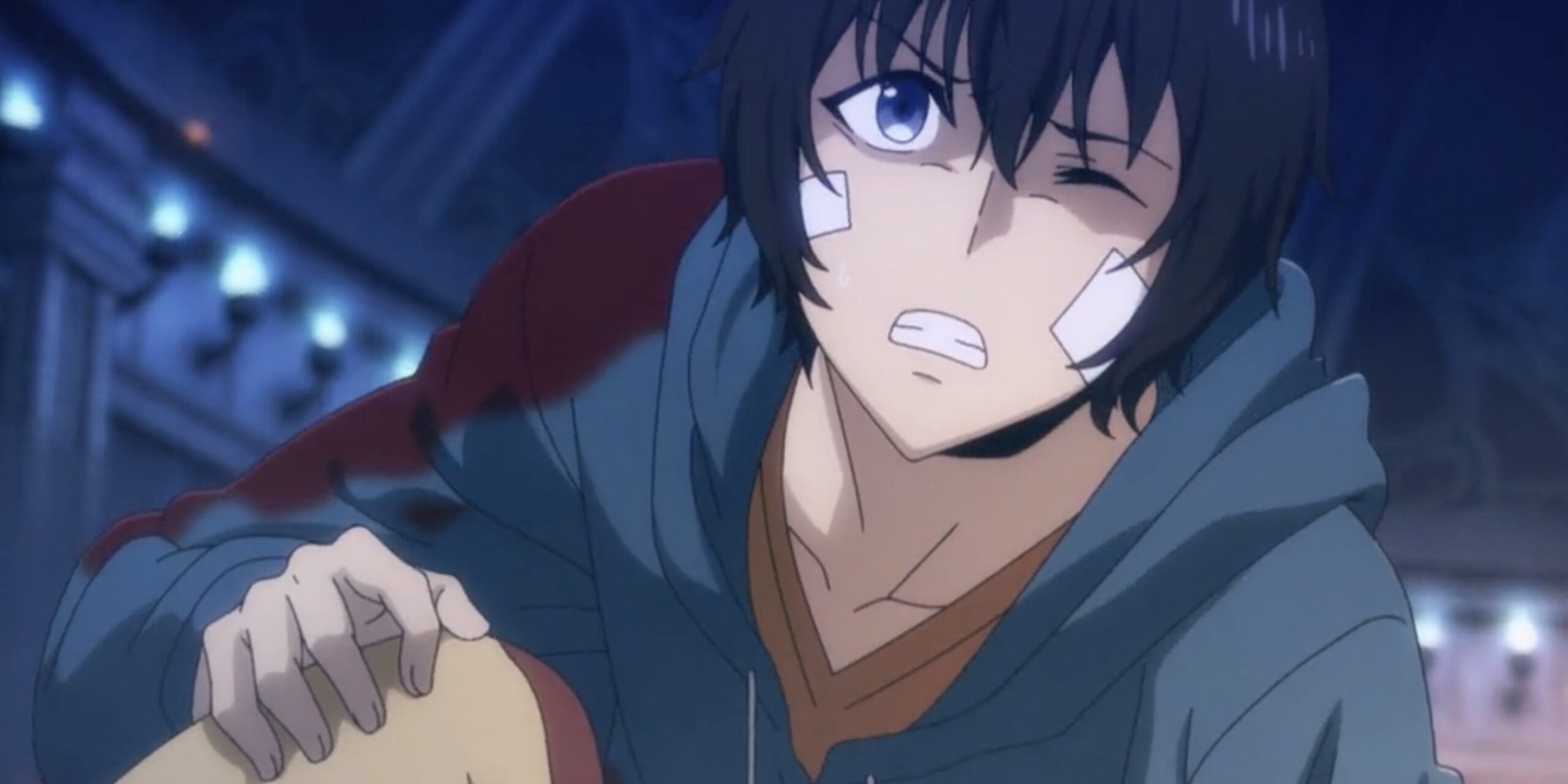
In one positive sign, the percentage of animators working over 260 hours a month (100+ OT hours) dropped from 30% in 2017 down to 10% by 2022. The numbers put in 240-260 monthly hours also declined over the last 4 years thanks to labor law reforms.
So, while strides have been made, the report implies current conditions remain inadequate. If monthly overtime still reaches hundreds of hours for some, that signals systemic issues continue driving crushing workloads.

By praising the progress made on working hours while still citing concerning statistics, the report treads a middle ground. It did not let studios off the hook but acknowledged movement in the right direction.
Still, with such long hours persisting for many, sustainable and ethical treatment of anime talent clearly warrants further effort
JRI Proposes Government Mandate for Anime Studios’ IP Shares
However, the report acknowledged that reducing extreme overtime has squeezed anime studios’ budgets and profits. With the imperative to boost output to meet foreign demand, production companies now face deepening strains.

To improve this situation, JRI made an unprecedented proposal for government intervention – mandating that studios receive at least 30% shares of the IP rights for works they produce.
Currently, they earn just 6% of overseas sales and 16% of domestic, even when they are not part of production committees.
By calling for guaranteed IP percentage minimums, the report demanded a rebalancing of power dynamics.

No longer should studios shoulder great financial uncertainty while committees and distributors reap the rewards from hits without proportional investment.
While still bold, the 30% figure represented a compromise middle ground. Yet even such a share would profoundly alter how profits flow through the anime industry.
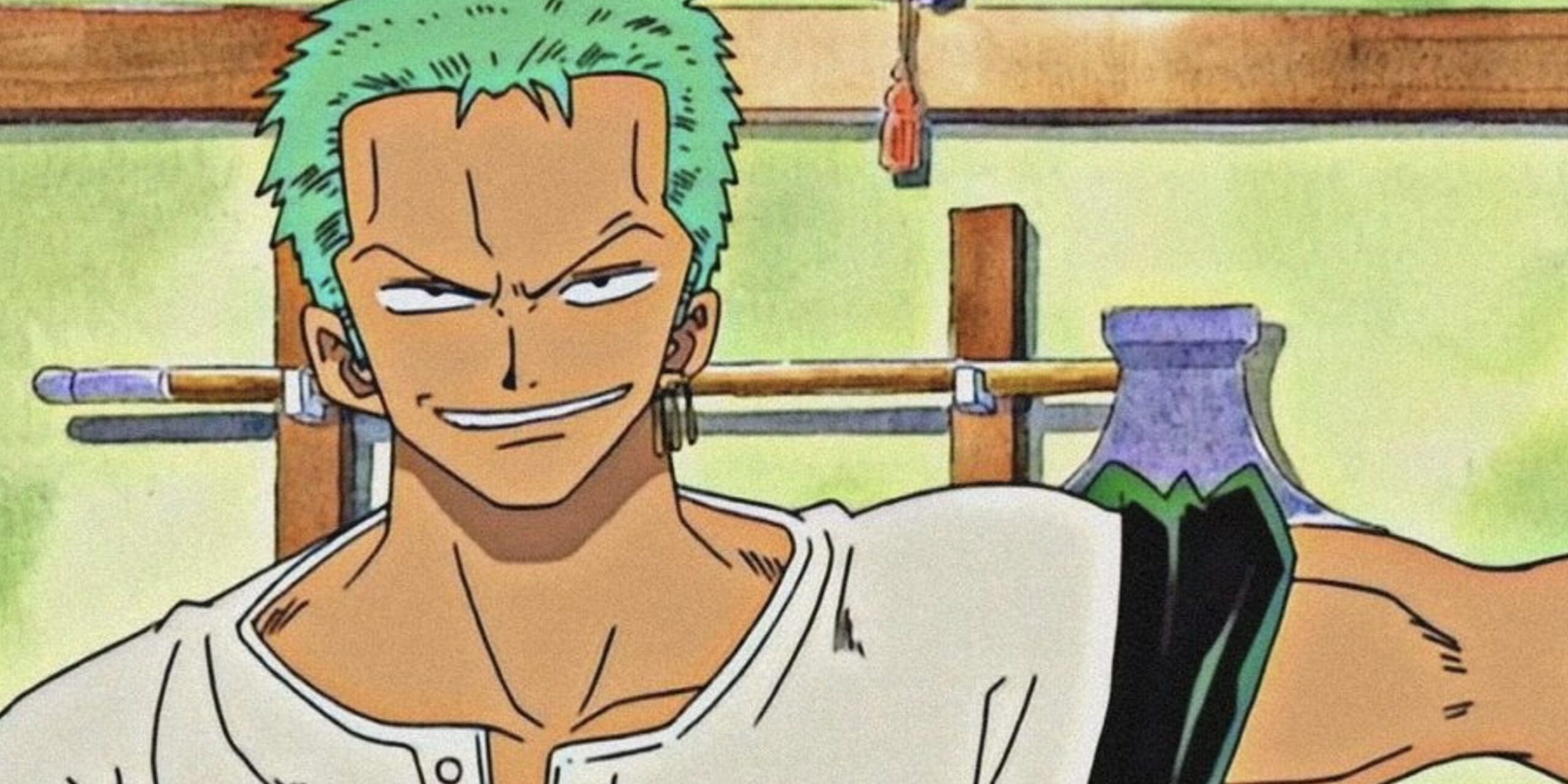
By opening the door to government rights guarantees, JRI signaled systemic change may be the only way to sustainably fund the studios powering massive overseas growth.
Shifting Anime’s Financial Foundations
The report argued that the current norms only ensure studios recoup their basic production costs, with no margin to sustain companies or pay animators fairly.

Moreover, no single studio can fully animate a series alone – they rely on subcontractors to whom they then pass on slim funds.
This dynamic leaves mid- and lower-tier studios constantly struggling near insolvency, though their talents fuel the works reaped by others.
By keeping studios running hand-to-mouth, it blocks investment in wages and reform.
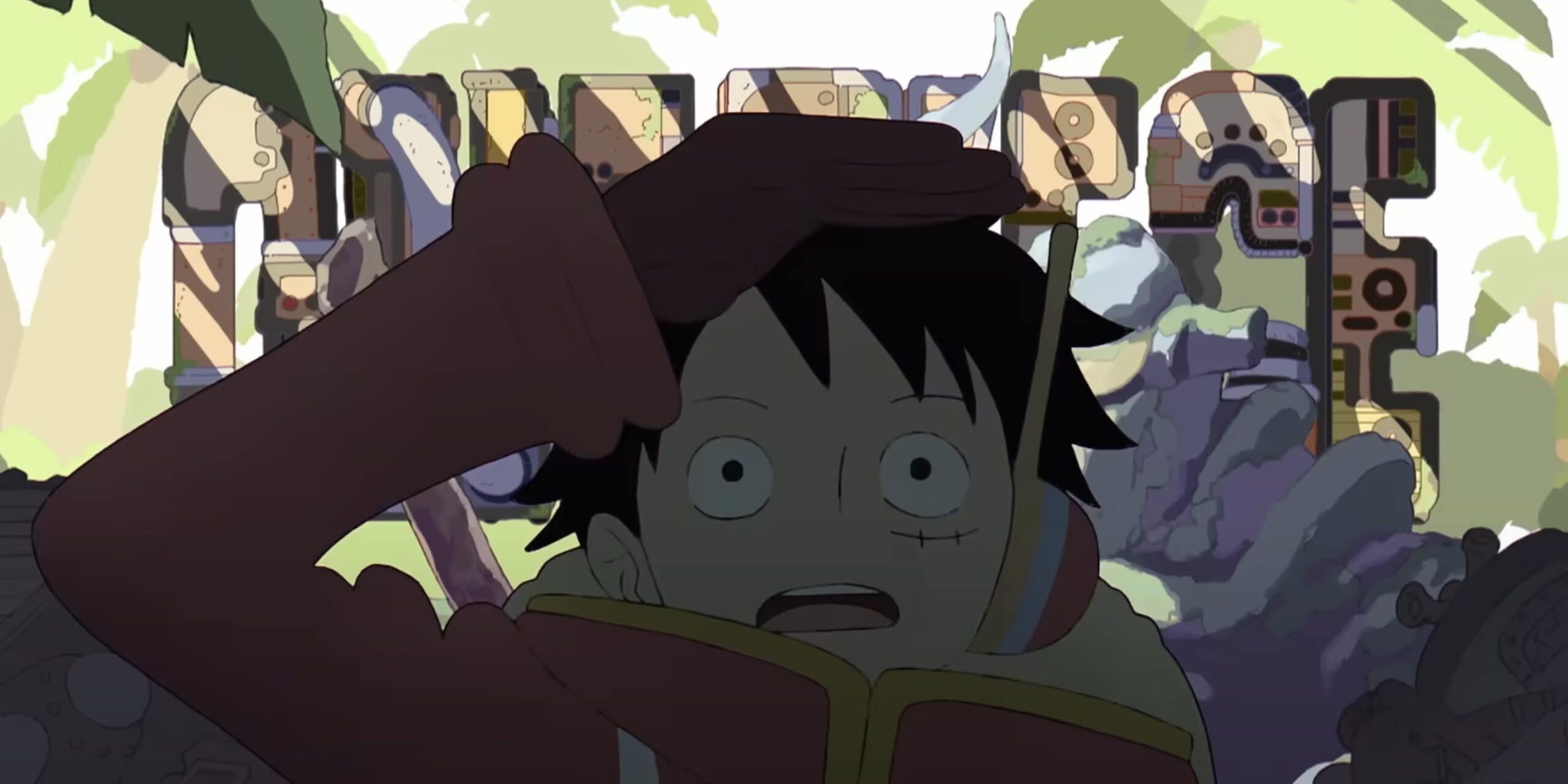
Guaranteeing studios increased IP shares would thus realign incentives for a more ethical industry.
With reliable income beyond production expenses, studios could pay animators livable wages and pour funds into training programs and retention efforts.
Healthy studios could uplift subcontractors, too, breaking the cycle of bare-bones operations.

The whole industry pyramid rests on the creative output of artists and studios. Equity in ownership and profit-sharing is key to avoiding collapse from the base up amid expanding production burdens.
DONE





